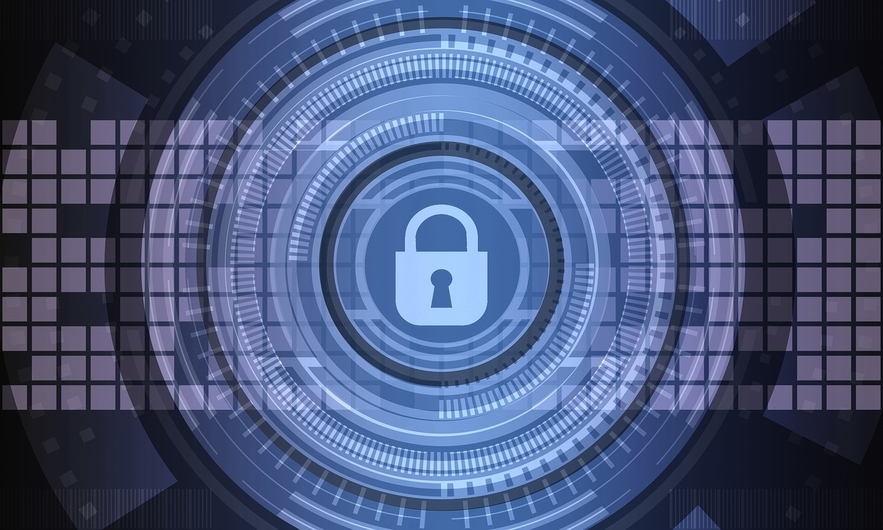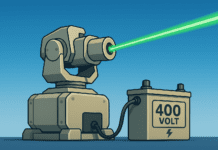This post is also available in:
 עברית (Hebrew)
עברית (Hebrew)
Various models of drones have the same weak point: their battery. They are capable of flying for only around 15 minutes at a time because their engines quickly burn through their batteries. This is particularly true of propeller drones, which are popular for information-gathering purposes in dangerous or hard-to-reach regions.
One way of addressing this limitation – without weighing the drones down – would be to recharge them while aloft using a power beaming system: an energy-rich laser beam that is guided by a tracking system and shines directly on photovoltaic cells on the drones’ exterior.
A small lab-grown diamond measuring a few millimeters per side could one day enable civilian drones to be recharged in mid-flight through a laser. Thanks to the diamond, the laser beam can remain strong enough over a long distance to recharge photovoltaic cells on the drones’ surface. This system, which poses no threat to human health, is being developed by LakeDiamond, a spin-off of the École polytechnique fédérale de Lausanne, EPFL.
The company has demonstrated the feasibility of using the high-power laser that emits a wavelength that cannot damage human skin or eyes – which is crucial as the system is meant for use with civilian drones.
The development is based on diamonds that are grown in the company’s lab and subsequently etched at the atomic level.
The new system produces a laser beam with a wavelength of 1.5 µm that, in addition to being safe, can travel much farther without losing strength. “Systems developed by other companies and labs, often for military applications, employ lasers that are more powerful and thus more dangerous for humans,” says Pascal Gallo, CEO of LakeDiamond. His company took the opposite tack: their technology transforms the rays emitted by a simple low-power diode into a high-quality laser beam.
Their beam has a larger diameter, and its rays remain parallel over a longer distance – in this case, up to several hundred meters.
The light produced by a diode is directed at a booster composed of reflective material, an optical component and a small metal plate to absorb the heat. The breakthrough lies with the fact that the emitted beam is only a few dozen watts strong, thanks to the use of a small square lab-grown diamond as the optical component.
The new system holds the world record for continuous operation using a wavelength in the middle of the infrared range – it delivers more than 30 watts in its base configuration. “That’s equivalent to around 10,000 laser pointers,” adds Gallo.
The lab-grown diamonds’ key properties include high transparency and thermal conductivity. The diamonds are grown through a process of chemical vapor deposition, an approach that ensures their purity and reproducibility. The surfaces of the resulting tiny square diamonds are then sculpted at the nano level.
This remote recharging system works in the lab but will require further development and refinement before it’s ready for field use.
What would happen if a drone flies behind an obstacle and is cut off from its laser energy source? Several approaches to this problem are currently being explored. A small back-up battery could take over temporarily, or, for information-gathering missions over rough terrain for example, the drone could simply return to within range of the laser in order to top up its battery.
According to uasvision.com, the development could also be used to transmit both power and data to satellites and has just been included in the 10 projects supported for two years by of the Swiss Space Office.


























